Search
Search Results
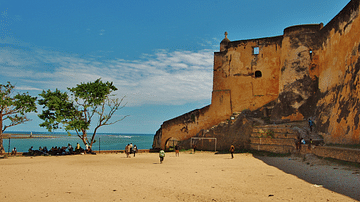
Article
The Portuguese in East Africa
The Portuguese first took an interest in East Africa from the beginning of the 16th century as their empire spread eastwards across the Indian Ocean. Trade in the region was already well-established and carried out by Africans, Indians, and...
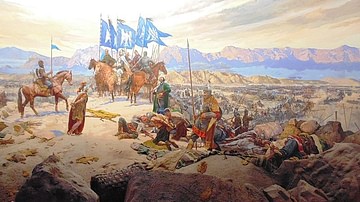
Article
Battle of Manzikert
The Battle of Manzikert (Mantzikert) in ancient Armenia in August 1071 CE was one of the greatest defeats suffered by the Byzantine Empire. The victorious Seljuk army captured the Byzantine emperor Romanos IV Diogenes, and, with the empire...

Article
European Discovery & Conquest of the Spice Islands
Clove, nutmeg, and mace are native to only a handful of tiny islands in the middle of the vast Indonesian archipelago – cloves on five Maluku Islands (the Moluccas) about 1250 km (778 mi) west of New Guinea, and nutmeg on the ten Banda Islands...
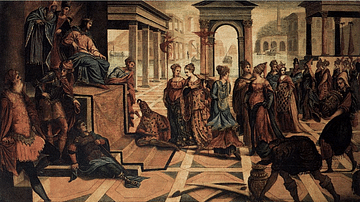
Article
Solomonic Descent in Ethiopian History
The Solomonic Dynasty ruled Ethiopia from the 1270s to the 1970s, and the 14th-century work, the Kebra Nagast (The Glory of the Kings) famously tells of how the dynasty of Ethiopian kings descended from King Solomon himself. The descent from...
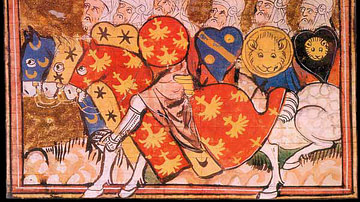
Article
Saladin & the Unification of the Muslim Front: 1169-1187 CE
Saladin (c. 1137 – 1193 CE), the Muslim ruler who crushed the mighty Crusader army at the Horns of Hattin (1187 CE) and re-took Jerusalem after 88 years of Crusader control, was born in a world where the disunity of the Muslims had allowed...

Article
Italian Colonialism in Eritrea
Eritrea, located on the Red Sea coast of the Horn of Africa, was the ‘firstborn’ colony of Italy. The potential of a trade centre and naval base at Assab first attracted Italian interests in 1869. The Kingdom of Italy, however, did not officially...
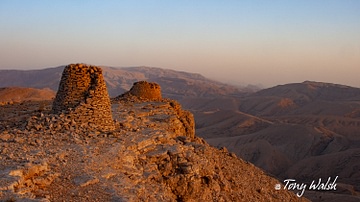
Interview
Oman: The Land of Frankincense - Tony Walsh
While Oman is perhaps the most mysterious corner of the Arabian peninsula to Westerners, the country retains a strong sense of identity, a pride in its ancient past, and unique surprises in the domain of cultural heritage. In this exclusive...

Image
Division of the Byzantine Empire, 1204 CE.
This map illustrates the rise of the Latin Empire (Imperium Romaniae), a Crusader state founded by Western European forces after the Fourth Crusade's sack of Constantinople in 1204. It replaced the Byzantine Empire (Eastern Roman Empire...
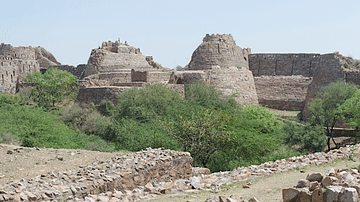
Image
Tughlaqabad Fort
A panoramic view of the Tughlaqabad Fort. Built during the reign of the Sultan of Delhi, Ghiyasuddin Tughluq (aka Ghiyath al-Din Tughluq, r. 1320-1325), founder of the Tughlaq dynasty.
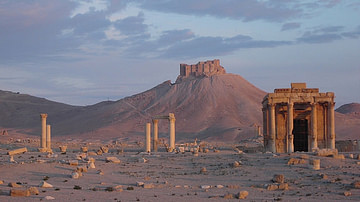
Image
Palmyra Castle
Photo of Palmyra's 13th century CE Mamluk castle with ancient ruins in the foreground.